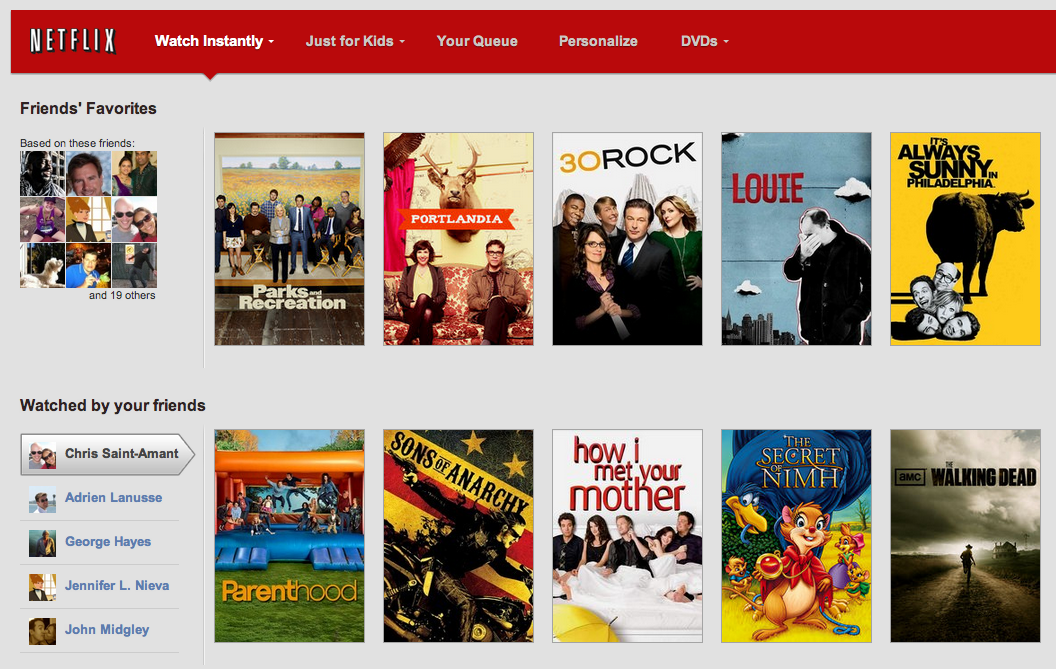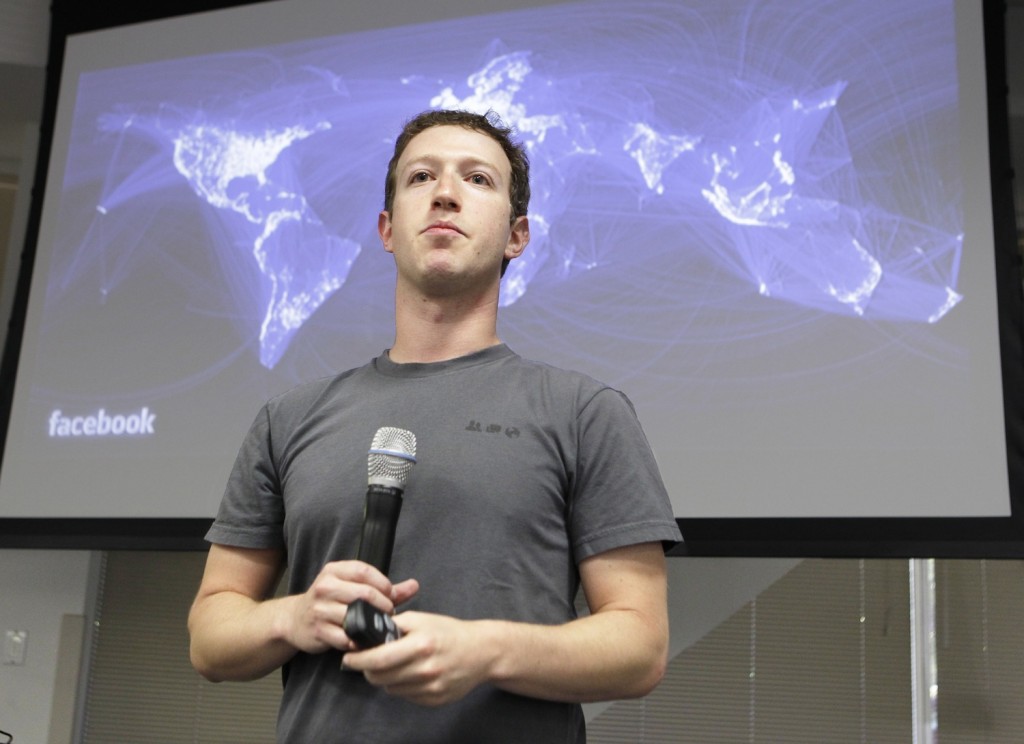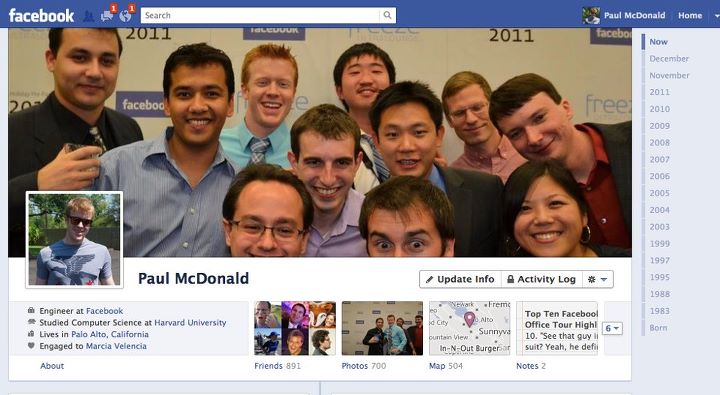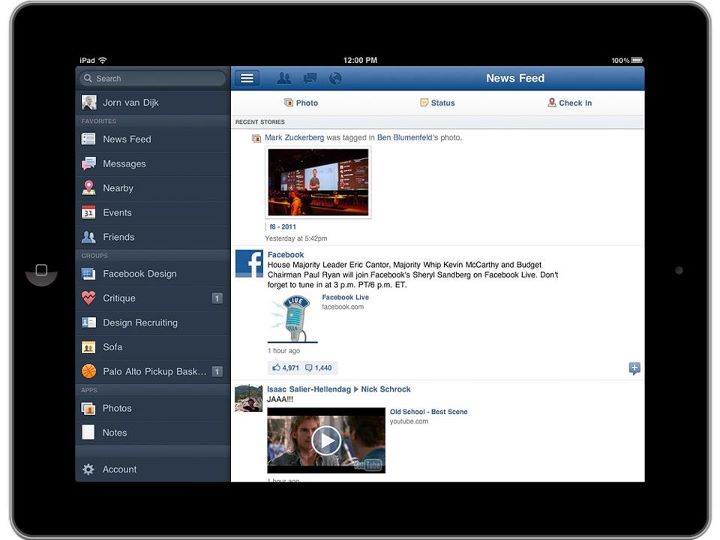
The Like button has been a Facebook staple since 2009. It gives the social network’s massive user base a quick and easy way to react to posts shared. Over the years, the Like button has heavily influenced the way we interact with media across other social platforms including Facebook-owned Instagram and competitors Twitter, Periscope, and Vine. Simply tap to tell a friend you acknowledge and like what they’re saying. But therein lies the issue, and today Facebook took a major step to remedy it.
Say your best friend is having a bad day because his family pet passed away, or she didn’t get accepted into her first-choice college. “Liking” posts of this nature really doesn’t make any sense now does it? And yet we still do it, since clicking that thumbs up button tells your friend that you’ve read and sympathized with them (without you having to actually comment on the matter).
Introducing Reactions, “an extension of the Like button” that gives Facebook users more ways to react to a post. Now if it’s not appropriate to “like” something, you can express love, humor, excitement, sadness, and anger. The Like button remains, but now if you hold down the Like button on mobile or hover over it on desktop, you’ll be presented with a heart icon representing Love and four emoji faces aptly named Haha, Wow, Sad, and Angry. It’s almost as if the cast of Pixar’s Inside Out came to save the day!
It’s interesting to note that Facebook put a lot of effort into choosing these specific reaction emotions. “For more than a year we have been conducting global research including focus groups and surveys to determine what types of reactions people would want to use most,” says company Project Manager Sammi Krug in a blog post. “We also looked at how people are already commenting on posts and the top stickers and emoticons as signals for the types of reactions people are already using to determine which reactions to offer.”
Curious as to why they simply didn’t add a “Dislike” button? “It would have been too binary,” Krug told Engadget. “This way, though, you’ll have more ways to express yourself. That’s the goal.”
Want to try out the new Reactions? Facebook is rolling out the new feature across its desktop and mobile platforms worldwide starting today, so be on the lookout for it!
Learn about new updates at Twitter and Snapchat after the break. Continue reading Facebook extends the Like button with new Reactions, Twitter adds GIFs & Snapchat offers on-demand geofilters














